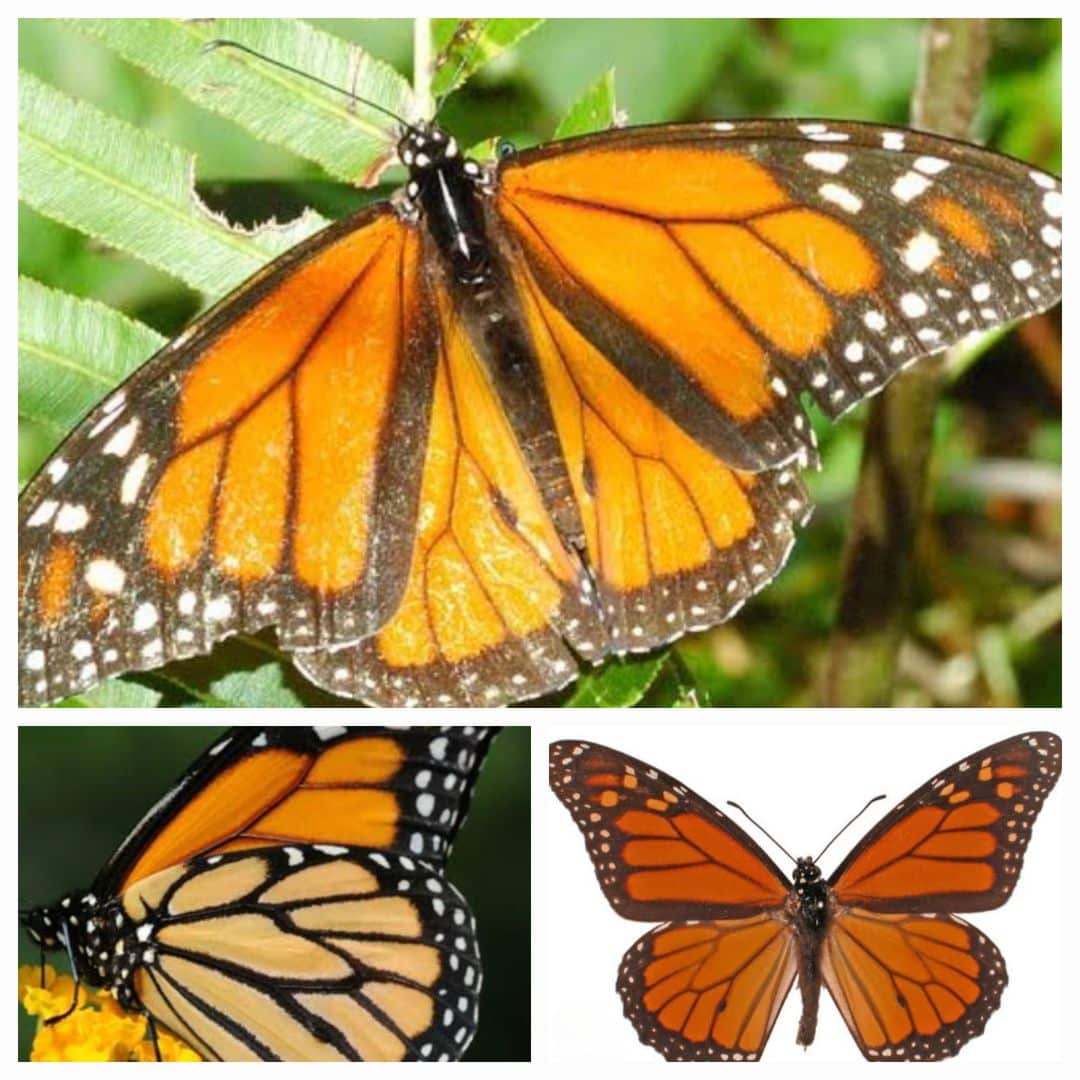Danaus plexippus plexippus
Also known as Red Wanderer or Monarch Butterfly
This well-known red/orange with black markings butterfly was first observed in Australia in Sydney in 1858. Prior to that it was well known in North America where it bred up in huge numbers and undertook a mass migration of many millions of individuals from Canada to Mexico where they stayed for the winter months. This over-wintering still occurs in America but in vastly reduced numbers because of the decline in overall numbers of the adult butterflies.
Here in Australia this over-wintering occurs too and in the Dungog area there have been two sites used by this butterfly in past years.
It is not known for sure just how this butterfly first arrived in this country. Was it brought in by people or did it arrive by following the spread of the food plants?
The occurrence of this butterfly is dependent on the larval food-plant being available. This plant is the Milkweed or Wild Cotton Gomphocarpus fruticosus (previously Asclepias fruticosa). It should be noted that this is an introduced plant and it is often classed as a weed.
The Wanderer Butterfly is not listed under New South Wales legislation as a threatened species, nor is it listed under the EPBC federal laws as a threatened species However, as of July 21st 2022 it was listed as Endangered on the IUCN Red List (International Union for Conservation of Nature).
Wild Cotton does occur on the Dungog Common but not in vast areas. Should we be removing it? Or should we be saving it for the Red Wanderer larvae to feed on?
There is nothing nicer than to see these large butterflies fluttering around in a secluded area in the warm sunlight of an otherwise cold winter day.
Written by Bill Dowling, naturalist and volunteer with Dungog Commoners Landcare Group


